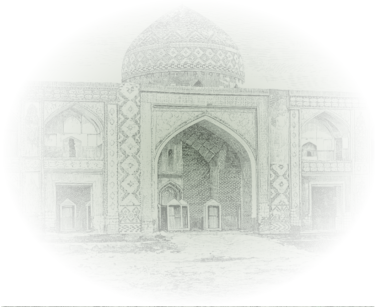Yukhari Shorja is a village in the Novo-Bayazid uezd of the former Iravan governorate, later in the former Basarkechar (Vardenis) district, and currently in the Gegharkunik province. The provincial centre is located 84 km to the southeast of the town of Qavar and at a height of 2340 m above sea level. The village was marked on the five-verst map of the Caucasus. Other names for the village were “Tatar Shorjasi”, “Bashkeyti”, “Shorjali Keyti”.
The village was inhabited by 75 Azerbaijanis in 1831, 123 in 1873, 158 in 1886, 218 in 1897, 248 in 1908, 283 in 1914 and 269 Azerbaijanis in 1916. The Azerbaijanis were massacred or expelled from their village by Armenians in April 1919. After the establishment of Soviet power in the territory of present-day Armenia in 1920, the situation stabilized and the Azerbaijanis that survived were able to return to the village. The village was inhabited by 204 Azerbaijanis in 1922, 253 in 1926, 295 in 1931, 402 in 1939, 390 in 1959, 592 in 1970, 710 in 1979 and 1,440 Azerbaijanis in 1987. The Azerbaijanis were again forcibly expelled from their historical and ethnic territories by the Armenian state in 1988. At present, the village is inhabited by Armenians.
The toponym was coined by combining the words “yukhari” denoting a distinctive feature and the word “duz” meaning “salty, saline” followed by the augmentative suffix “-ja”.
The name of the village is mentioned as “Verin Shorja” in Armenian literature. According to the law “On the administrative-territorial division of the Republic of Armenia” dated 7 November 1995, it was integrated into the administrative area of the Gegharkunik province.
Geographic coordinates: latitude 40°06’ N., longitude 45°48’E.
